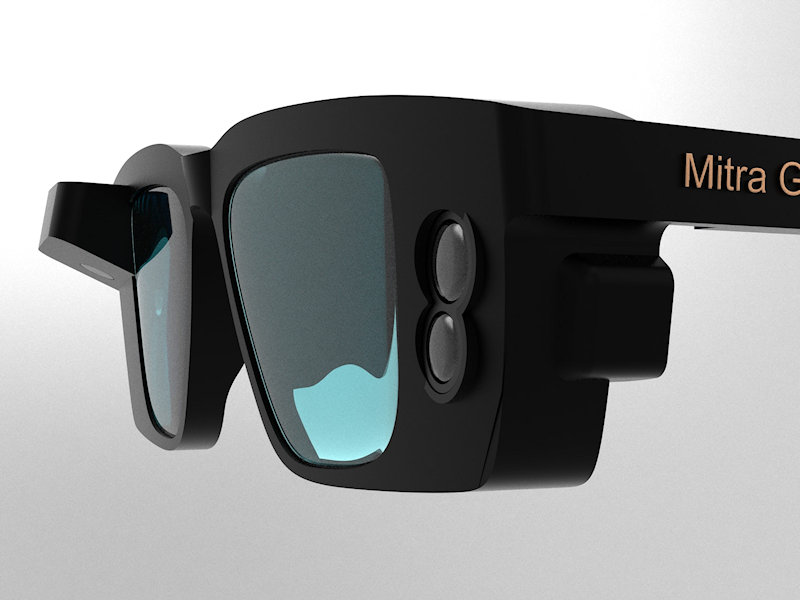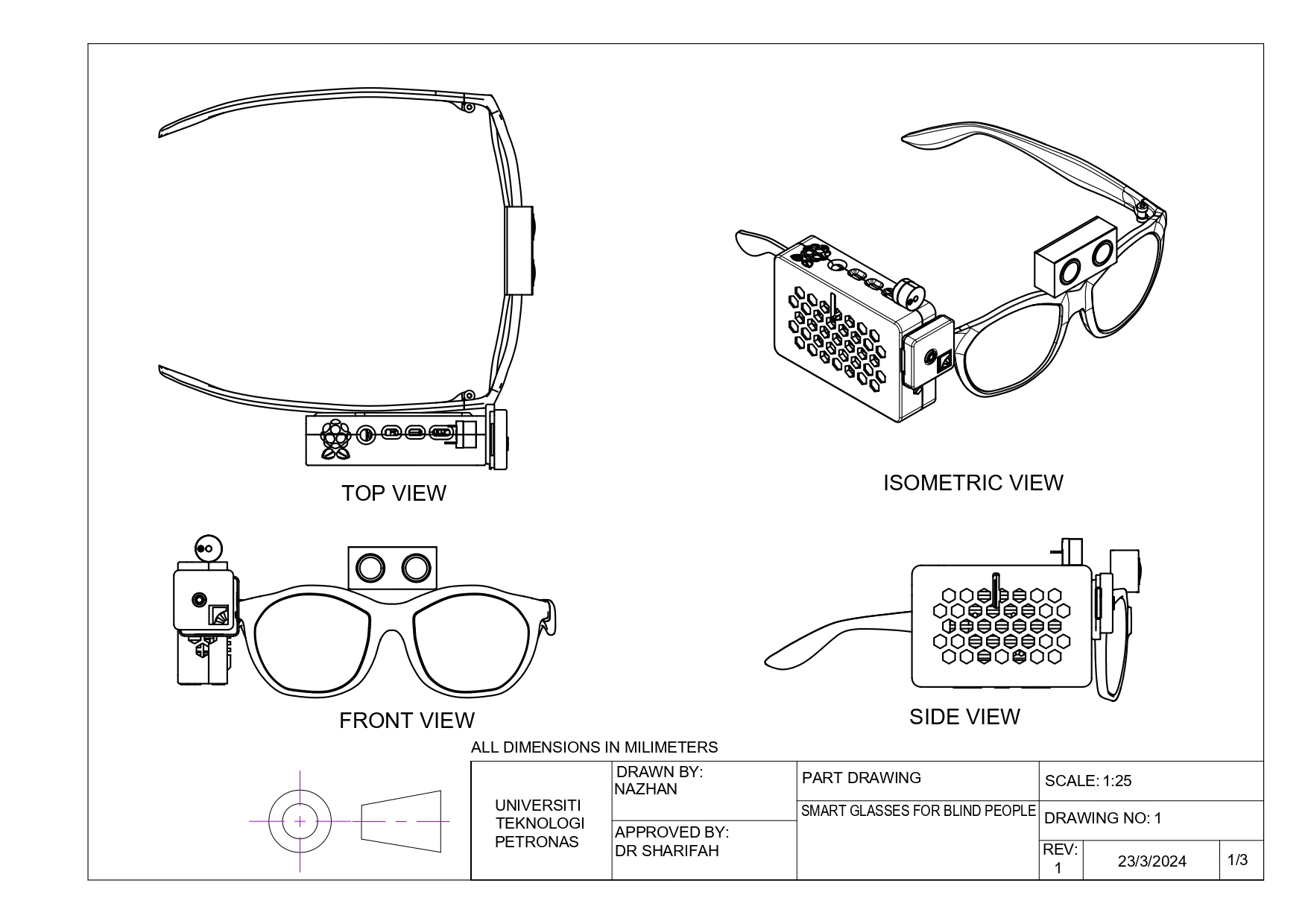The Future of Assistive Technology for the Blind: Empowering Independence
The Future of Assistive Technology for the Blind: Empowering Independence
Blog Article
Empowering Independence With Assistive Modern Technology for the Blind
The assimilation of assistive technology for people that are blind or visually impaired stands for a considerable development in promoting self-reliance and boosting quality of life. With a range of gadgets-- from display viewers to innovative tactile tools-- these innovations not just promote navigation and interaction however also promote social incorporation and involvement in different elements of life.
Comprehending Assistive Innovation
Although assistive modern technology has actually advanced significantly over the years, its essential function stays the same: to enhance the lifestyle for individuals with disabilities, particularly those who are blind or aesthetically impaired. This innovation includes a broad variety of tools and devices that assist in freedom and capability in everyday activities.
Assistive technology can be classified into low-tech and modern remedies, each designed to fulfill certain needs. Modern devices typically include software program applications, specialized equipment, and flexible devices that make use of sophisticated modern technology to give assistance in various contexts. Alternatively, low-tech remedies might include everyday products that are changed to enhance availability, such as magnifiers or tactile pens.
The assimilation of assistive innovation into the lives of people that are blind or aesthetically hindered not just promotes freedom yet likewise cultivates social inclusion and involvement in educational and expert environments. By leveraging these modern technologies, users can browse their environments, gain access to details, and communicate properly, thus boosting their general lifestyle. Comprehending assistive technology is vital for caregivers, supporters, and specialists who intend to sustain individuals in optimizing their potential and achieving greater self-reliance.
Sorts Of Assistive Tools
Assistive tools for the blind and visually damaged are important tools that improve daily obeying attending to particular difficulties come across by customers. These tools can be broadly classified right into three primary kinds: optical gadgets, electronic tools, and sensory tools.

Sensory devices, such as Braille screens and responsive maps, provide alternate methods to obtain details. Braille displays transform digital message right into Braille, making it possible for users to go through touch. Tactile maps supply spatial understanding via elevated structures and lines, permitting far better environmental awareness.
With each other, these assistive devices empower individuals with visual problems to involve more totally with their environments, advertising greater freedom and self-confidence in daily tasks.

Influence On Life
The assimilation of assistive innovation into the daily lives of people that are blind or aesthetically damaged significantly enhances their capacity to browse and communicate with the world around them. Devices such as display visitors, Braille shows, and mobile applications assist in access to details, permitting customers to engage with electronic web content, interact successfully, and manage daily jobs individually.
Moreover, modern technologies like wise glasses and navigating applications give real-time assistance in unfamiliar settings, enhancing movement and self-confidence. These devices make it possible for individuals to recognize challenges, reviewed indicators, and even recognize faces, therefore cultivating a sense of autonomy in public rooms. Furthermore, home automation systems, which can be controlled with voice commands, enable individuals to handle their living settings better, boosting convenience and safety and security.
The effect of assistive modern technology extends past functional tasks; it advertises social incorporation and psychological wellness. By connecting the gap in between individuals and their surroundings, find more info these modern technologies empower individuals to participate completely in area activities, pursue instructional chances, and take part in meaningful connections. Inevitably, the innovation of assistive technology is critical in redefining the opportunities for individuals who are visually impaired or blind, bring about an extra easily accessible and comprehensive culture.
Success Stories and Reviews
Another powerful review comes from Mark, a recent university graduate who utilized display analysis software application throughout his scholastic trip. This modern technology allowed him to gain access to program materials and take part in discussions, eventually resulting in his successful transition into the workforce. Mark credit ratings assistive technology for encouraging him to accomplish his job objectives, highlighting its role in leveling the having fun field for individuals with visual problems.
Furthermore, community facilities have reported increased engagement in their programs many thanks to the intro of easily accessible digital systems. These platforms have actually made it much easier for people to attach, share sources, and support each other. These success stories jointly emphasize the profound impact of assistive technology in fostering independence, enhancing quality of life, and damaging down obstacles for the aesthetically damaged and blind neighborhood.
Future Patterns in Assistive Tech
Arising technologies are Source positioned to revolutionize the landscape of assistive technology for individuals who are blind or aesthetically damaged. Developments in man-made intelligence (AI) and artificial intelligence are improving the abilities of tools, enabling more user-friendly user experiences. AI-driven applications are increasingly able to review and recognize items message aloud in real-time, offering individuals with useful info concerning their environments.
Additionally, developments in wearable innovation are developing brand-new possibilities for freedom. Smart glasses furnished with enhanced truth functions can overlay essential details onto the individual's visual field, assisting in navigating and communication with the atmosphere. The assimilation of Web of Things (IoT) tools is simplifying accessibility in clever homes, allowing customers to control devices and get notifications via voice commands or tactile user interfaces.
The growth of braille display screens and tactile responses systems is also rising, promoting access to electronic content and enhancing communication. As these innovations continue to evolve, they promise to improve day-to-day living, educational chances, and employment prospects for individuals with visual problems. Continual cooperation in between technologists, individuals, and campaigning for groups will certainly be necessary in guaranteeing these technologies meet the requirements of the community properly.
Verdict
To conclude, assistive technology plays an essential function in boosting the self-reliance of individuals that are aesthetically impaired or blind. By providing necessary devices and resources, these technologies assist in improved gain access to, navigating, and communication to information, thus promoting freedom and confidence. The transformative influence of assistive tools not only advertises efficient communication with the setting yet additionally urges social incorporation and participation in various aspects of life, ultimately empowering users to grow within their communities.
The assimilation of assistive modern technology for people that are blind or aesthetically damaged stands for a considerable development in fostering independence and boosting top quality of life.The combination of assistive innovation right into the lives of people who are blind or aesthetically harmed not only promotes autonomy but additionally cultivates social addition and engagement in academic and professional atmospheres. Ultimately, the innovation of assistive modern that site technology is important in redefining the opportunities for people that are visually damaged or blind, leading to an extra accessible and comprehensive culture.
Several people who are blind or visually impaired have actually shared motivating success stories that highlight the transformative effect of assistive innovation on their lives.In conclusion, assistive innovation plays a crucial function in enhancing the self-reliance of people who are blind or aesthetically damaged.
Report this page